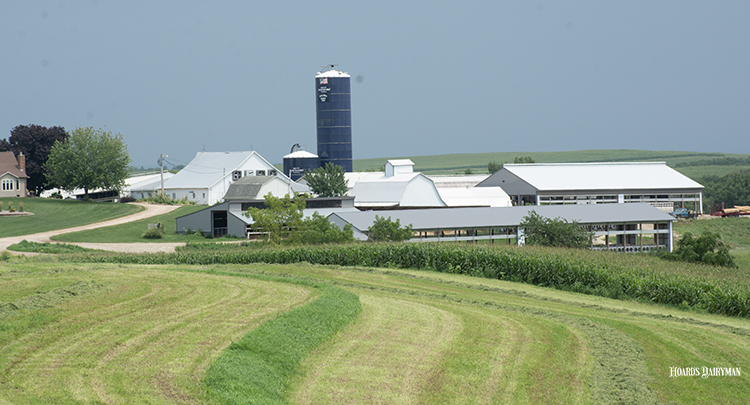
According to enrollment reports issued by USDA’s Farm Service Agency, the percentage of established production history enrolled in the Dairy Margin Coverage (DMC) program climbed to 78.5% for 2023. That’s the highest in the five years of the program’s existence.
This participation percentage has increased every year that DMC has been in effect . . . except for 2020. That took place, in large part, because DMC margins had started out well above payment trigger levels during the sign-up period for 2020 coverage. Sadly, the effects of COVID-19 that plagued the industry for much of 2020 ended up unraveling those profitability expectations and resulted in the fifth-lowest and second-lowest DMC margins of the last five years in April and May 2020.
Following that experience, a higher portion of established milk production history has become enrolled as the risk management aspects of the DMC program become more familiar and apparent. Though the temptation remains to utilize this safety net program in terms of expected profit maximization, the reality is that expectations made months in advance rarely come to perfect fruition. That economic reality has further highlighted the safety net aspect of the program.
The past can foretell the future
When one considers the difference between the maximum and minimum monthly DMC margins for each of the last four calendar years, this point becomes clear. In 2019, 2021, and 2022, the range from high to low of monthly DMC margins was about $4.50 for each year. However, the range topped $7 in 2020.
What does this mean?
Even if one can somewhat accurately predict the average margin for the coming year, market volatility results in wide ranges during the year and makes it difficult to accurately project how low margins may go in particular months of the year when sign-up is open.
Dairy stakeholders continue to push for a strong safety net for dairy producers and would like to see DMC participation grow even further. However, that has to be balanced with the upcoming farm bill negotiations and the reality that there are limited federal funds. Just about 70% of total U.S. milk production has been enrolled since 2021 and the amount of established production history has fallen four consecutive years to below 200 billion pounds for 2023.
Yet, the progress being made in terms of the percentage of established production history that is enrolled should be considered as dairy policy changes for the new farm bill are discussed. Increased producer familiarity with and understanding of the provisions of the DMC program have likely played a large part in its growth to this point and make it a viable framework for future policy decisions as well.








